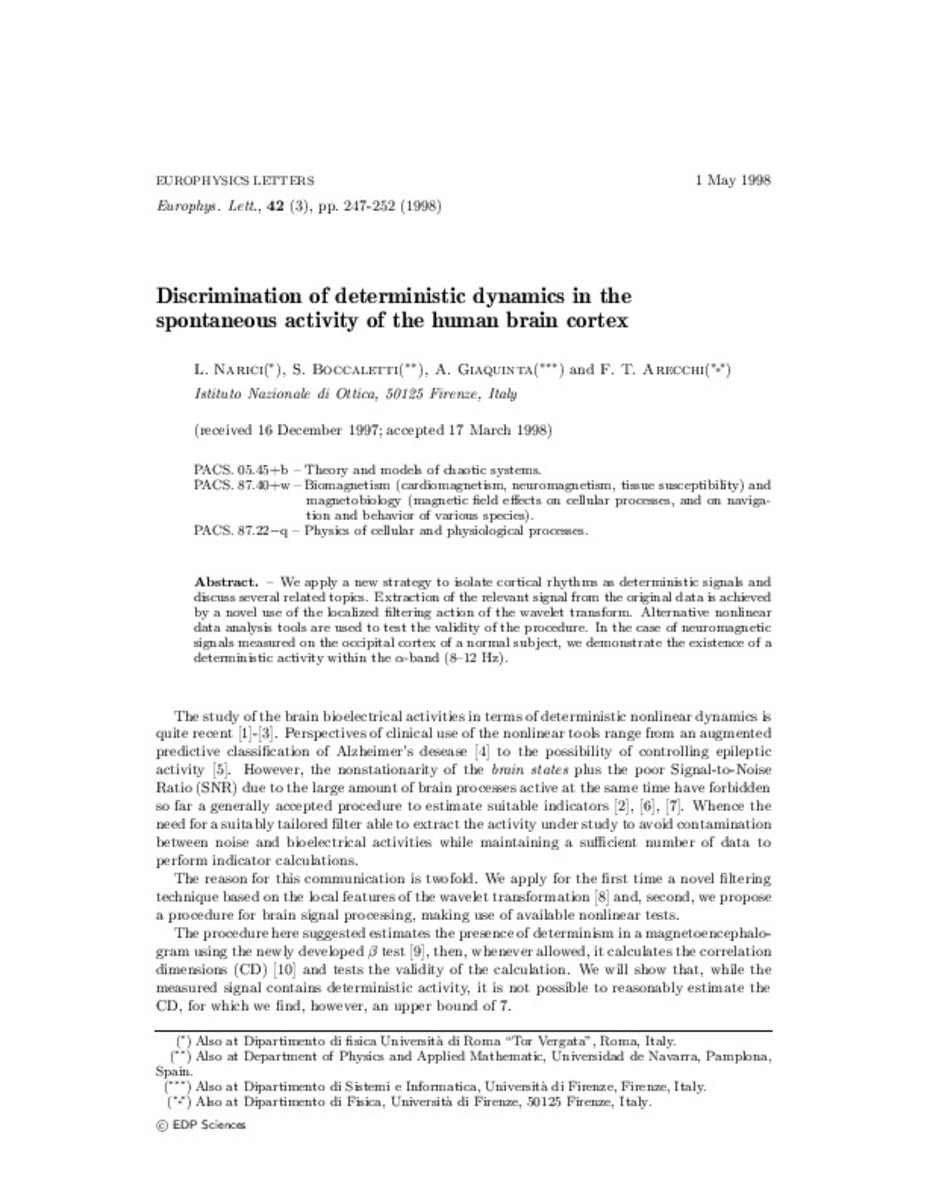discrimination of deterministic dynamics in the spontaneous activity of the human brain cortex
Ficheros en este ítem:
Estadísticas e impacto
Los ítems de Dadun están protegidos por copyright, con todos los derechos reservados, a menos que se indique lo contrario.







